What is the best washing line rope to use?
The warmer months mean we can benefit from saving energy and electricity by hanging our washing up outside on the washing line, allowing our clothes to air dry and catch the spring and summer breeze. As well as saving you money on your electricity bills, drying your clothes outside rather than in a tumble dryer is much better for the planet, so it’s great to catch the sunshine and dry weather while you can. Plus, drying your clothes outside on a clothesline gives them that amazing ‘fresh air’ scent that can’t be truly replicated by any detergent or fabric softener.
However, the best washing line rope for you will depend on several factors, including the size of your garden, the weight of the clothes you’re hanging up, the mechanism you want (wall mounted vs retractable vs rotary), and your preference for natural or synthetic fibres. So what is the best washing line rope to use? Let’s discuss the different types of washing lines to help you make a decision.
What to look for when choosing a washing line rope
Selecting the best washing line for you – one that suits all your laundry needs – is essential for drying clothes. That’s why we’ve put together everything you need to know about picking a clothesline rope.
1. Stretchability
First off, when choosing a washing line rope, you need to make sure it has low stretch because it will be taking the weight of heavy wet clothes and you don’t want them to end up on the floor! Despite that, the line does need to have a little spring in it. When clothes dry on the line, they lose a lot of weight, and so the line will be gradually moving throughout the day.
You need a low-stretch clothesline rope that can take the weight of the heavy clothes but also has a little spring so that when the clothes dry it will adjust back to the lighter weight load without excessive sagging. In general, natural clothes lines are lower stretch than PVC clotheslines as PVC is a plastic material that can be stretched. However, most PVC clotheslines have a non-stretch core made out of either steel or polypropylene, which gives them inner strength to hold weight on the line without stretching.
2. Strength
In addition to being low stretch, another key feature of a good clothesline is that it needs to be strong. The longer the distance and the heavier the load, the stronger it needs to be to take the weight.
There are several factors to take into account when determining the strength of a clothes line; the diameter of it, the material it is made from and the construction of the inner core. It stands to reason that the thickness of the clothesline is a key factor. A thicker clothesline is generally a stronger clothes line but it can also depend on the material.
If a washing line is made from a more stretchy outer material then it needs to have a good strong core. This is the case with PVC washing lines, which sometimes have a strong steel core or twisted polypropylene core to make them strong and low stretch. Natural clotheslines are made with low-stretch material such as cotton or jute and are often strengthened with either a polypropylene core or a strong natural core such as sisal or jute. As natural clotheslines are made from both a low-stretch outer and inner core, they are the least stretchy clotheslines but not the strongest and can be prone to weathering.
3. Length and diameter
Ensuring that your washing line is the correct length is also very important. Of course, this depends on the size of your garden. If you can’t get enough length across your garden – either vertically, diagonally or horizontally – you could hang up multiple washing line cords or go across the garden. After all, you want to make the most of the dry summer months and hang out as many clothes as possible. Please bear in mind that the longer the distance to cover, then the stronger and lower-stretch the line needs to be, as spreading a heavy weight over a long distance line is going to put immense pressure on the line. One way round this is to double up the line. By going across the shorter width of the garden to a fixing and back again, the line is not travelling as far between posts but you still get the same total length.
Ultimately, your washing line should be long enough to stretch across your garden with a little give available to withstand strong winds. However, if the line is over too long a distance and not strong enough this could lead the clothesline to sag – and with a lot of heavy clothes on the washing line, it could sag so much to the point where your clean washing could end up on the dirty floor!If space is an issue, you could opt for a rotary washing line, which is shaped like an inverted pyramid on a stand – an example is shown further down. This space saving contraption allows you to use multiple layers of washing line in one space instead of having to stretch one clothesline rope across a small garden.
4. Material
Most washing lines are made from already very suitable materials, so when it comes to picking the perfect material for your clothesline, it’s personal preference more than anything else. Some people like the look and feel of a traditional natural line, not to mention the sustainability credentials of using biodegradable materials over plastic. However, some people prefer a more durable line made from PVC that will last them a long time.
Some washing line cords last longer than others, especially when exposed to the elements. PVC is a great all-weather clothesline option and it can be wiped down to look brand new each time, ready to be used in the sun. PVC is a hard-wearing plastic and the most common plastic material. Although it can be a little stretchy, PVC lines are usually reinforced with a rigid steel core or polypropylene core to make them strong and low stretch. The PVC gives them exterior durability and the inner core gives them strength. PVC clotheslines are also available in a wide range of colours, which means you can find the perfect colour to suit your garden.
Natural materials such as cotton and jute are low stretch and usually have either a synthetic core for strength such as polypropylene or a strong low stretch natural material such as sisal or jute. While cotton looks nice and is soft to the touch it can be prone to weathering, which is why many cotton clothes lines have a waxed finish to make them weatherproof. Jute, however, remains strong when wet and can last a long time outdoors, but it has a rougher and more coarse feel and appearance.
If you are planning on hanging a lot of washing out to dry, perhaps the major factor to consider is the sturdiness of the material. This won’t matter so much if you’re just hanging up some t-shirts and socks, but if you’re hanging up heavier fabrics like wool and denim, it’s vital that you choose strong materials that won’t sag or snap. Most materials should easily handle normal washing loads, but if you need something more heavy-duty, reinforced lines like steel-core washing lines are your best bet.
What types of washing lines are there?
From easy-to-clean PVC clothes lines, to soft-to-the-touch cotton washing line ropes – there are so many amazing washing lines to hang your clothes on. Whichever you decide on, your clothes will love you for it.
1. Natural washing lines
Natural washing line ropes are the most sustainable, eco-friendly and biodegradable option. For versatility, they can be used for a range of DIY home projects, such as in pulley systems (e.g ceiling airers) and many more household applications. If you’re into more organic and natural resources, you can get washing line ropes made in jute and cotton. These will look fantastic if you’ve opted for a more rustic, traditional style in your garden.
2. Cotton clothesline
Cotton clothes lines are super soft, which means they’re never too rough or scratchy on your hands and clothes. However, just because these are the softest of the washing line ropes, it doesn’t mean they’re weak. You can get cotton clothes lines with strong synthetic cores such as polypropylene, or you can choose eco-friendly options with a strong natural core such as sisal.
Our Everlasto Non-Stretch Cotton Pulley Lines feature a strong, low-stretch sisal core for extra durability, helping you hang heavy loads without having to rely on plastic products. Plus, thanks to the natural cotton cover, these pulley lines are still very gentle on your clothes while being sturdy enough to handle heavy washing loads for many years to come. We also provide weatherproof cotton clothes lines, which have been waxed and are ideal to keep up all year round (more on this below).
3. Weatherproof cotton clothesline
For a more hard-wearing solution that’s perfect all year round, you should use a weatherproof cotton clothesline. Our Longlast range of weatherproof cotton pulley lines feature a strong polypropylene core and a waxed organic cotton outer, helping them withstand adverse weather conditions while still being incredibly soft on your clothes. This is the perfect option for a durable yet still natural washing line rope. The beauty of these lines is that they look natural, but with their strong core and weatherproofed waxed cover, they will resist the elements and stand the test of time. They can also be used for indoor ceiling airers too, and their waxed finish helps them run smoothly in pulleys.
4. Jute washing line rope
Jute clothes lines are a great eco-friendly option as they are made from plaited, biodegradable jute fibres. Jute is one of the tougher and stronger natural fibres and made with both a jute core and plaited jute outer, these lines are very hard-wearing, resistant to fraying, and remain strong even when wet. A jute washing line rope is a great option for those looking for a strong but completely natural and traditional clothesline rope, which is ideal if you want to keep a consistent rustic theme in your home and garden.
5. PVC clothesline
PVC clothes lines are made with a wipe-clean, weatherproof PVC outer and a polypropylene core for strength. With PVC washing line ropes, you get much more variety with colours – such as fashionable grey PVC clothes lines, timeless Kleenwash white PVC clothes lines, Evergreen green PVC clothes lines to blend in with the garden, and bright coloured lines that stand out such as orient coloured PVC clothes lines. This allows you to add a bit more personality and style to your outdoor space.
PVC washing lines are extruded around a strong polypropylene core and can afford to be thinner than other washing ropes because of their strong materials. These clotheslines can handle the heaviest washing loads without excessive sagging or deterioration over time, making them extremely durable. Plus, the PVC outer shell means that it’s super easy to wipe and clean your washing line rope, which makes PVC rope the perfect outdoor washing line that won’t deteriorate or get too dirty despite adverse weather conditions. So, if you don’t want to worry about ruining or dirtying your washing line rope, these work wonders.
6. Three-strand PVC clothesline
Further reading:Home & Garden
Why is retro style important?
What is construction vs general OSHA?
What is the difference between 29 CFR 1910 and 1926?
Is TIPS a major surgery?
Synthetic Material Mesh Material- Polypropylene, Marlex ...
Polyester Vs Mesh: Learn the Difference
As well as being made with a weatherproof, highly durable, wipe-clean PVC outer, these clothes lines are made with a three-strand ‘cabled’ polypropylene core. This means that within the lines there is a miniature twisted polypropylene rope, which gives them the strength to hold the heaviest of loads. The Everlasto ‘Orient’ three-strand PVC clothesline is perhaps the ‘Rolls Royce’ of all clothes lines. At 4.8mm thick, they are the thickest on the market, and unlike many thinner lines, they will take a proper old fashioned peg well. Named after the Bolton mill they were first produced in, ‘Orient Mill’, they come in six striking ‘Colours of the Orient’.
7. Steel-core washing line cord
Steel-core clothes lines can come in a range of colours, with white, blue, green, red, yellow, clear and gold being popular choices. The clue is in the name, as this type of washing line rope gives extra support and strength because of its steel core. Like PVC washing lines, the hard-wearing outer shell can be cleaned with a simple wipe, making these washing line ropes perfect for uncertain weather and long-term use.
The Everlasto ‘Everstrong’ premium steel-core washing line features a 7-strand cabled steel core and is also 4.8mm thick, making it one of the strongest clothes lines on the market. Plus, this product also comes with a line tensioner, allowing you to easily tighten the line and prevent sagging. With their combined thickness and steel core, these lines will not stretch or sag even over long distances with heavy washing loads. If you need a heavy-duty washing line, there’s no better choice than the Everlasto steel-core clothesline.
8. Rotary replacement lines
For those who don’t have a lot of outdoor space to hang washing lines, rotary airers are a great solution. These stands help you hang up a lot of clothes without taking up too much garden space, all thanks to their compact design with multiple layers of washing lines. Plus, if the washing lines ever start to stretch or deteriorate, you can always just add in a rotary replacement line and keep the stand, which is much more convenient and cost-effective.
9. Polypropylene washing line rope
Polypropylene washing lines or ‘Poly-Lines’ are the cheapest type of line for those looking for a cost-effective option. Available in a striking range of bright colours – with purple, green, red, yellow, blue and white – polypropylene clothes lines can work with so many different gardens. It’s the polypropylene fibres twisted in a strong three strand construction that make these super resilient, hard-wearing, and water and rot-proof. The durable poly cord material also makes it a versatile line that can be used as a pulley line or for general purpose rope.
10. Retractable washing line wire
A retractable clothesline kit is perfect for those who don’t want any fuss. You simply mount them to the wall and can rely on them to neatly tuck away the washing line when you’re done with it. These strong retractable washing lines come in handy when the weather takes a turn, or if you need more space in your garden. The plastic casing comes with a steel hook, wall bracket and instructions, so you’ll have everything you need to install it straight away. This is the best retractable washing line to satisfy all your washing needs.
Alternative clothesline options
Not everyone has the outdoor space to hang a proper washing line rope. However, this doesn’t mean you can’t benefit from drying your clothes without an energy-wasting tumble dryer.
From the best rotary dryers to the best washing lines, choosing the right clothes drying option is key. Keep your clothes happy with a drying solution that works for you by checking out these fantastic alternative clothesline options.
1. Rotary dryers
If you don’t have a lot of space for a traditional washing line, a rotary dryer or rotary airer can work brilliantly. These outdoor dryers feature a stand that can be easily installed in your back garden, and the multiple layers of washing lines mean you can hang up lots of clothes without taking up a lot of outdoor space.
2. Ceiling airer
A ceiling airer can be used indoors whilst allowing clothes to dry naturally by hanging. This is great if you want to make the most of your indoor space, and you can use it all year round because you aren’t limited by the weather. Hanging your clothes up high is a great way to dry them because they benefit from good air circulation. To hang up your clothes and take them down, you just need to use the simple pulley system. Sometimes the old-fashioned designs are the best!
3. Concertina clothes airer
Another drying tool for indoors is a concertina clothes airer, which can also save on energy bills by allowing clothes to dry naturally. When you are finished with your airer, they can easily be folded up and put away, making them fantastic for smaller homes with a lack of storage space. During warmer weather, you can take your clothes airer outside to dry your washing even faster.
To conclude: which clothesline rope is best?
Deciding on the best washing line rope is all about personal preferences and factoring in your household and space. If you’re no fan of plastic or PVC materials, then the natural washing line ropes are for you. If you need something that’s easily put away, the retractable kit is ideal. If you want a washing line that’s easy to clean down and is super durable, the PVC or steel-core lines do the job.
Frequently asked questions about washing line ropes
What is the strongest clothesline?
If you want to prioritise strength and durability, a steel-core clothesline is the best washing line rope for you. Since this rope is reinforced with steel, it can hold the heaviest of washing loads over long periods of time without sagging or deteriorating. PVC clothesline ropes are also very strong, which is why they’re so popular.
Should a washing line be tight?
Your washing line rope should be tight because this will prevent sagging – if your clothesline sags too much, your washing will be in danger of touching the floor. However, there should be a little bit of give in the rope too as this will help in strong winds. You can use a line tensioner supplied with our clotheslines to tighten the line as required and of course a clothes prop always helps too.
What is an alternative to a washing line?
If you don’t have enough outdoor space for a clothesline rope, there are plenty of alternatives for you to dry your clothes both indoors and outdoors. These include rotary dryers, ceiling airers, concertina clothes airers and all sorts of drying racks that can be easily stored when necessary.
To discuss lengths, colours and preferences, contact our friendly team at Rope Source; we know a thing or two.
Jennifer is the Associate Digital Editor at The Old Farmer’s Almanac. She is an active equestrian and spends much of her free time at the barn. When she’s not riding, she loves caring for her collection of house plants, baking, and playing in her gardens. Read More from Jennifer Keating
What is the best washing line rope to use?
How to Choose a Clothesline
See also:What Are Self Watering Plant Pots And How Do They Work?
Advantages of Using CPLA Cutlery
Cigarette Filter
Differences Between Racking and Shelving
Use Of C# TypeOf Operator
How to Choose a Clothesline
Wine Glass: The Perfect Vessel for Elegance and Enjoyment
54
0
0
Related Articles
-
135
0
0
-
178
0
0
-
121
0
0
-
143
0
0
-
176
0
0
-
117
0
0
-
126
0
0
-
185
0
0


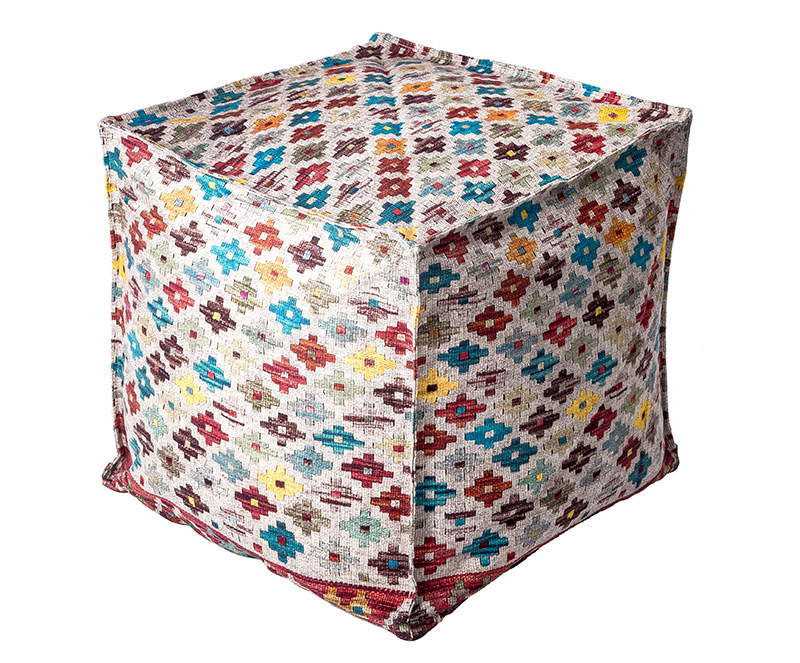
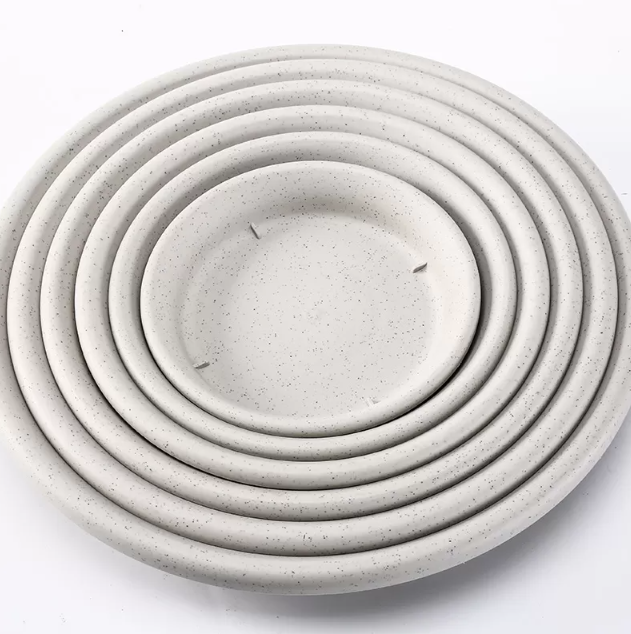
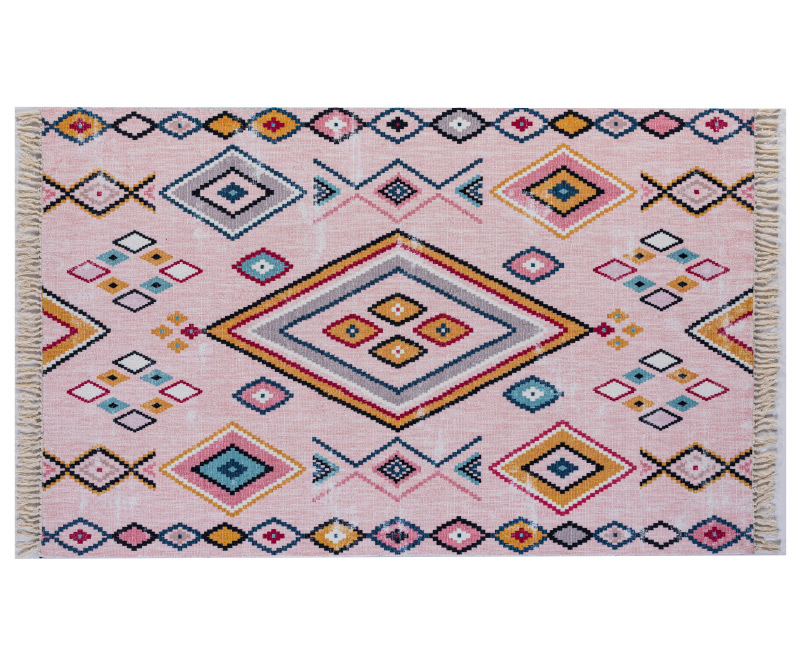

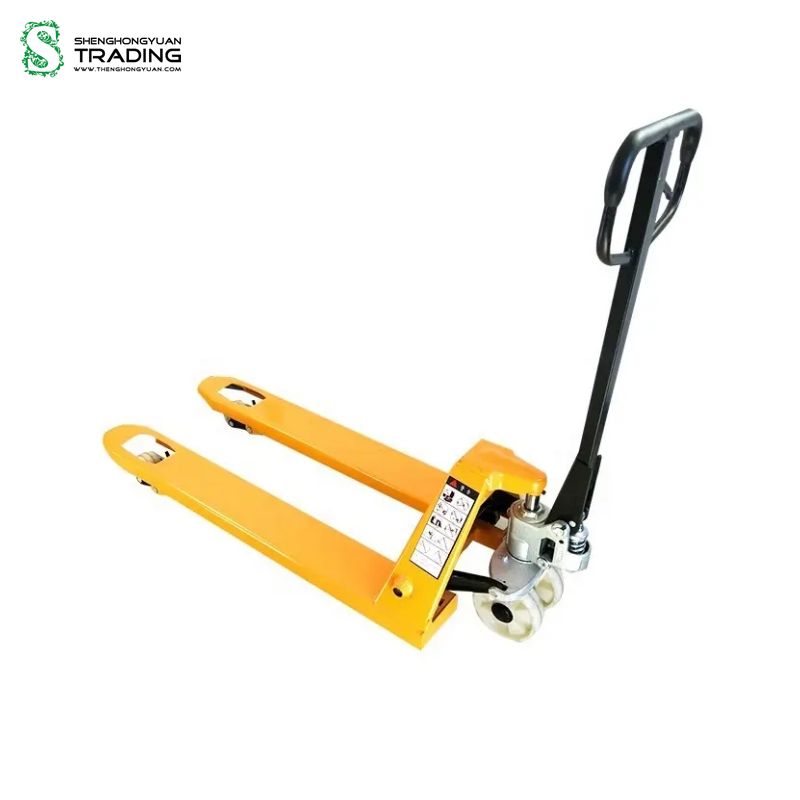
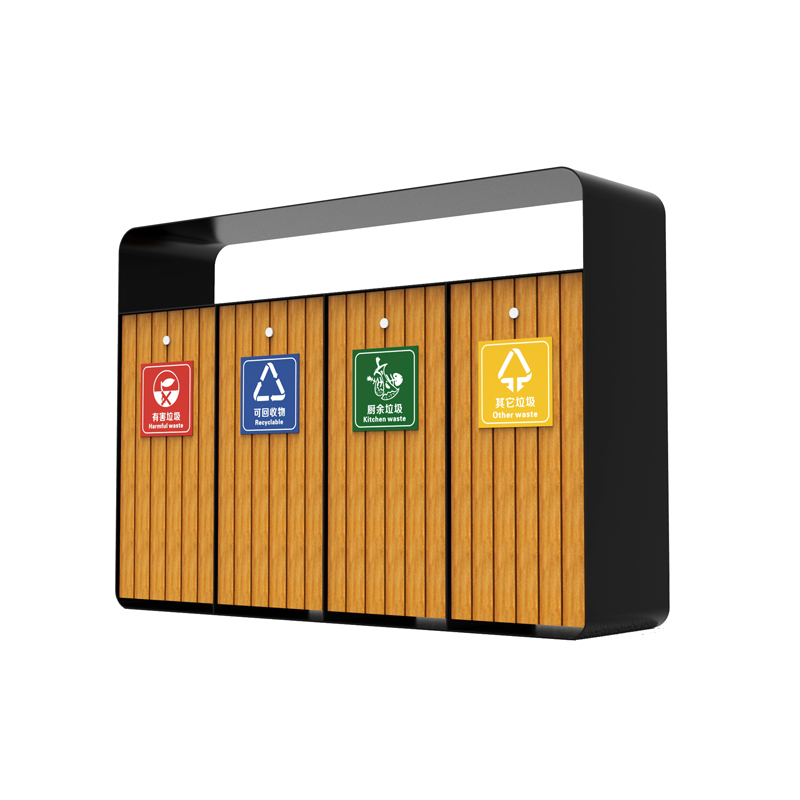
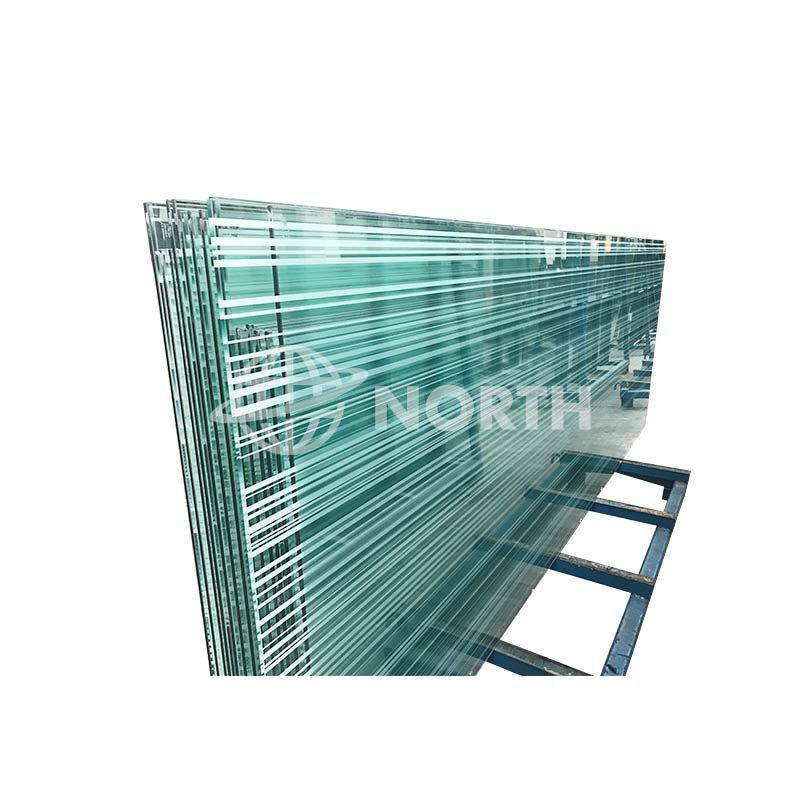
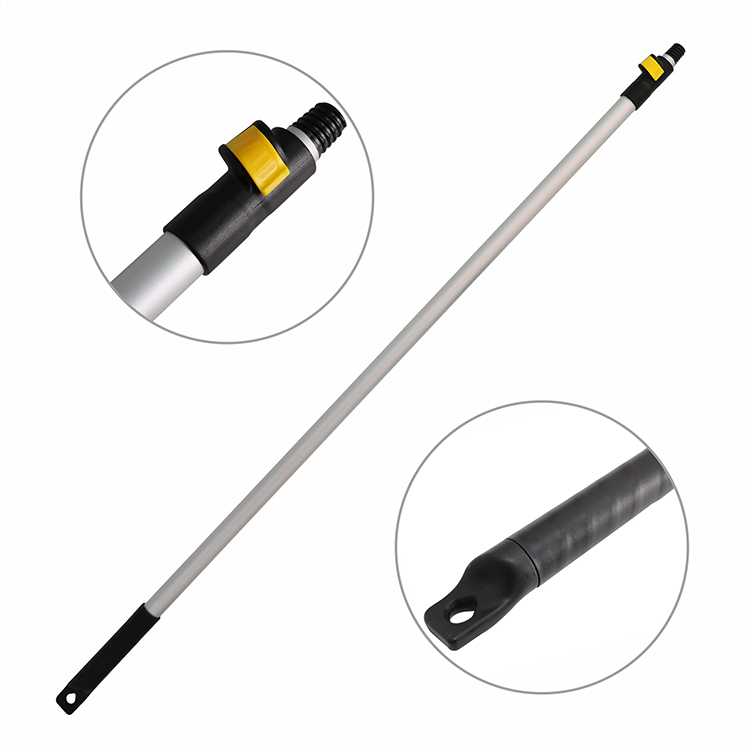
Comments
All Comments (0)